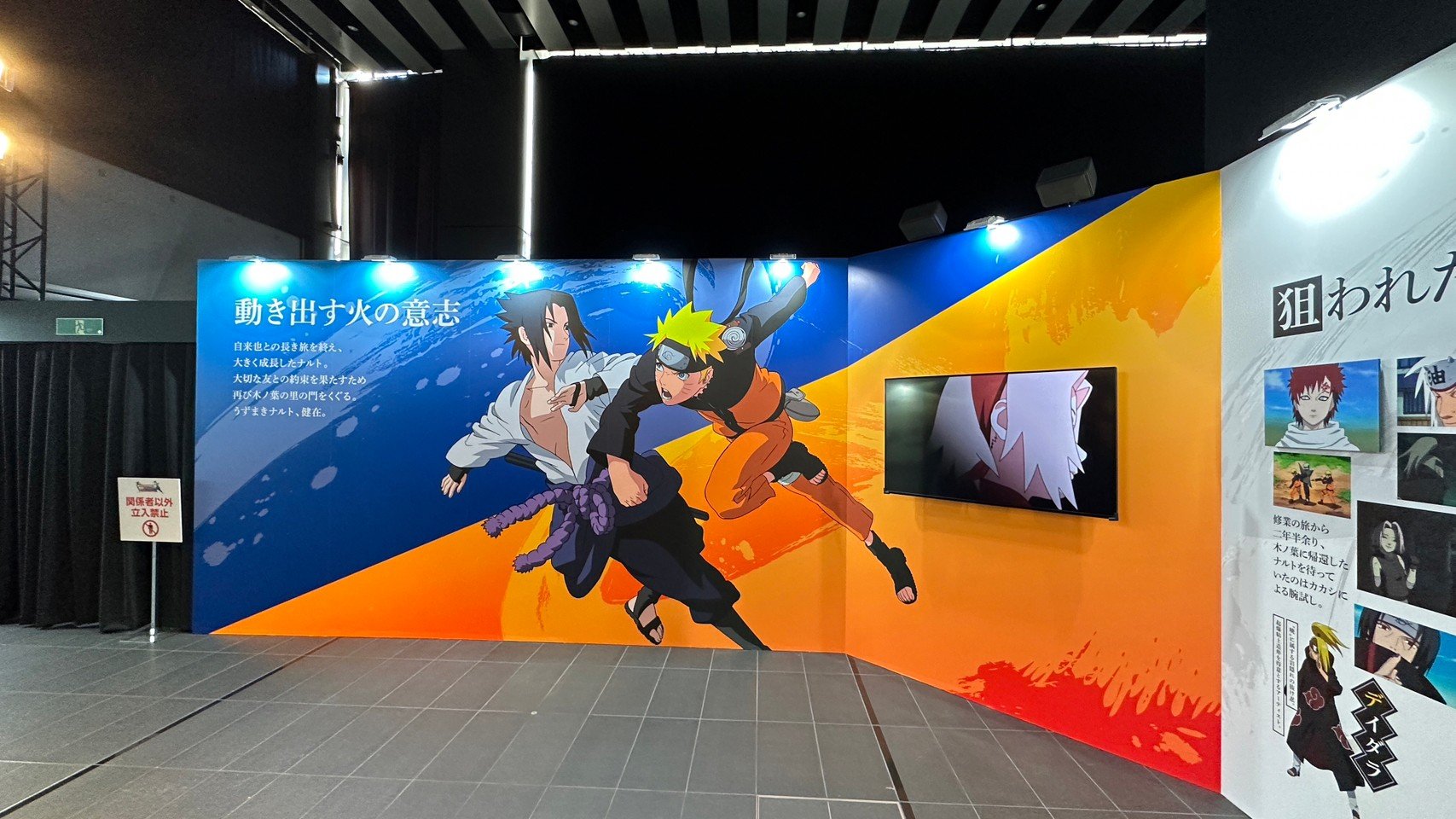A Glimpse into Northern Thailand’s Ceramic Heritage
Nestled in San Pa Tong Village, the Inthakhin Archaeological Site and Pottery Museum preserves centuries-old kilns unearthed between 1993 and 1996. These discoveries confirm the area’s historical significance as the ancient village of Phan Aek Phan Fuea, offering visitors a window into Lanna-era craftsmanship.
Historical Significance of the Site
Ancient Kilns and Archaeological Revelations
The site’s four excavated kilns highlight advanced ceramic production techniques used by local artisans. Artifacts found here, including pottery fragments and tools, reflect the region’s role as a cultural and trade hub. The museum showcases these relics alongside interactive displays, bridging the gap between past and present.
Exhibits and Cultural Insights
Pottery Collections and Traditional Techniques
Inside the museum, ceramic artifacts span from utilitarian vessels to ornate decorative pieces, illustrating the evolution of Lanna pottery. Detailed exhibits explain traditional firing methods, clay preparation, and the symbolic motifs that distinguish northern Thai ceramics.
Linking Inthakhin to Chiang Mai’s Spiritual Legacy
From Archaeological Site to Sacred City Pillar
While the museum focuses on craftsmanship, the Inthakhin City Pillar—now housed at Wat Chedi Luang—adds spiritual context. Originally erected by King Mangrai in 1296 CE, the pillar symbolizes protection and cultural continuity, celebrated annually during the Inthakhin Festival.
Visitor Experience and Practical Details
Planning Your Visit to the Museum
The museum provides multilingual guides and immersive displays, including reconstructed kilns. Located near Chiang Mai’s old city, it pairs well with visits to Wat Inthakin and its adjacent museum, which houses Lanna-era artifacts like musical instruments and weaponry.









